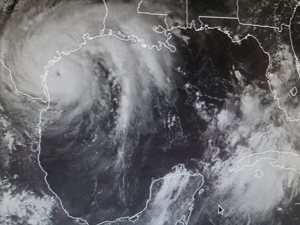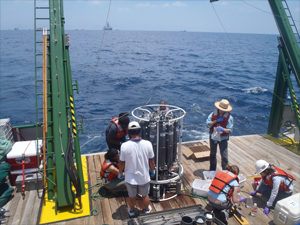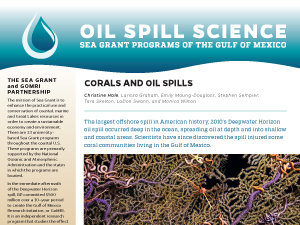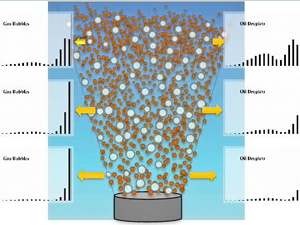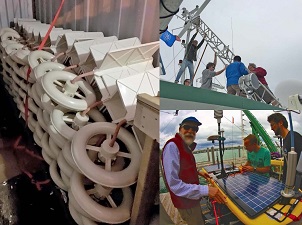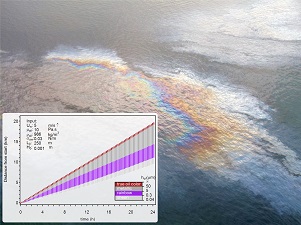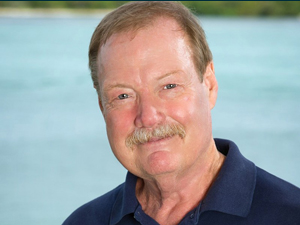Study Finds New “Ocean” Link Between Florida and Cuba
A new oceanographic study underscores the deep connection that exists between Florida and Cuba. Researchers at the University of Miami (UM) Rosenstiel School of Marine and Atmospheric Science have uncovered specific types of previously unknown clockwise recirculating ocean features (called anticyclonic eddies or anticyclones), which they named Cuban Anticyclones, or CubANs since they form and travel eastward along the Cuban coast.
Details

